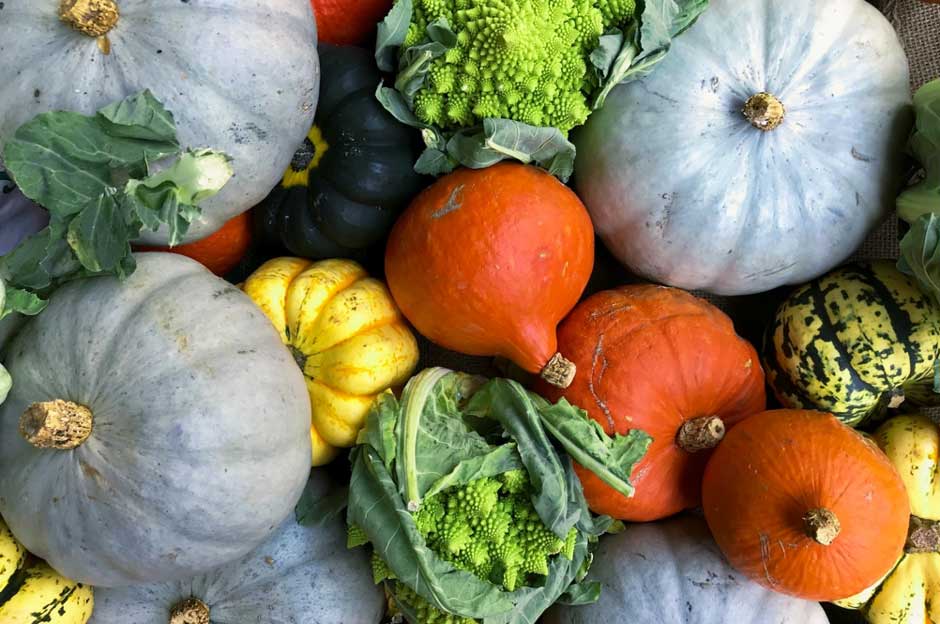Whether you’re a seasoned gardener or just beginning your new hobby, knowing what vegetables to plant and grow each month is essential for a successful and bountiful harvest. Whilst spring is the season that people most commonly associate with growing plants and vegetables, things can vary. Not all vegetables need to wait for warmer conditions…
So in this article, we’ll take you on a month-by-month journey, highlighting the best vegetables to sow and nurture throughout the year in the UK.
And whilst this guide can help with planting by season or month, you can also increase the window of growth thanks to items such as a greenhouse or a vegtrug planter.
With a planter, you don’t even need to have a proper garden and can instead grow veg on the balcony of your apartment or another exterior area that doesn’t have grass or soil. It also helps to raise your vegetables so they can reach sunlight at times they wouldn’t usually be able to.
Anyway, let’s get started…
January
As the new year begins, it’s time to focus on hardy vegetables that can withstand the chilly weather. Consider planting winter varieties such as Brussels sprouts, leeks, winter lettuce, and kale. You can also start sowing indoors for early spring crops like tomatoes, peppers, and onions.
February
With the promise of spring around the corner, February is the month to sow early seeds indoors or under cover. Opt for vegetables like beetroot, carrots, lettuce, radishes, and spinach. Don’t forget to protect tender seedlings from late frost.
March
As the weather hopefully starts to warm up, March is the ideal time to start sowing directly into the ground. Begin planting broad beans, peas, early potatoes, and onions. You can also transplant indoor seedlings of brassicas like cabbage, cauliflower, and broccoli.
April
April brings a burst of growth and the opportunity to expand your vegetable garden. Plant cool-season crops such as lettuce, rocket, radishes, and Swiss chard. It’s also a great time to sow carrots, parsnips, and turnips. Start preparing your beds for warm-season vegetables like tomatoes and cucumbers.
May
With the arrival of warmer temperatures, May is the month for sowing a variety of vegetables. Consider planting runner beans, French beans, courgettes, sweetcorn, and pumpkins. It’s also a good time to transplant your tomato and pepper seedlings outdoors.
June
June is all about nurturing your growing vegetables and ensuring they receive adequate water and nutrients. Keep an eye out for pests and diseases – consider using organic pest control methods. Harvest early crops like lettuce, radishes, and baby carrots while they’re at their freshest.
July
Midsummer brings an abundance of harvests. Continue harvesting early crops and enjoy the taste of freshly picked peas, beans, courgettes, and salad greens. Sow late-season crops such as winter squash, Brussels sprouts, and late varieties of carrots and beetroots.
August
In August, focus on maintaining your garden and planning for the cooler months ahead. Harvest and store onions, garlic, and shallots. Sow hardy vegetables like kale, spinach, and winter lettuce for autumn and winter harvests. It’s also a great time to start overwintering brassicas.
September
As the days become shorter, September is the perfect time to either begin to sow overwintering vegetables (or continue to sow them if you started doing this in August). Plant winter lettuce, perpetual spinach, and hardy varieties of peas and broad beans. Harvest summer crops and begin clearing out spent plants to make space for winter vegetables.
October
October marks the transition to winter gardening. Sow winter crops like winter cabbage, kale, and winter salads. Protect your plants from frost with cloches or cold frames. Consider planting garlic cloves and shallot sets for next year’s harvest.
November-December
In the last months of the year, focus on protecting your garden from the harshest winter conditions. Cover beds with mulch to protect the soil and insulate root crops like carrots and parsnips. Maintain winter crops and enjoy fresh greens throughout the season – including Christmas dinner!
Final Thoughts
By following this month-by-month guide, you’ll have a comprehensive understanding of what vegetables to plant and grow each month in the UK. Remember to consider your region’s specific climate and conditions, as they can alter the above timetable.

